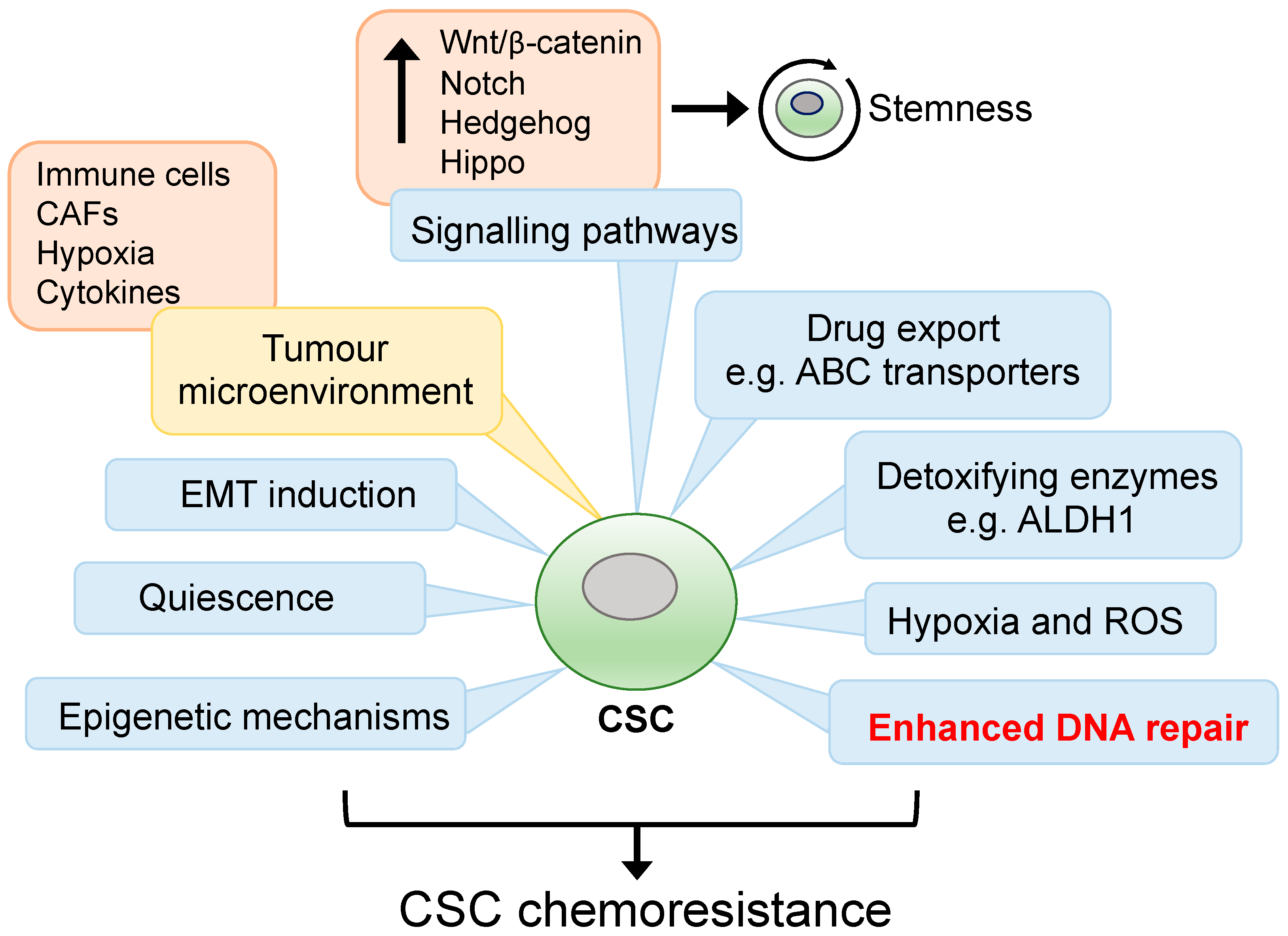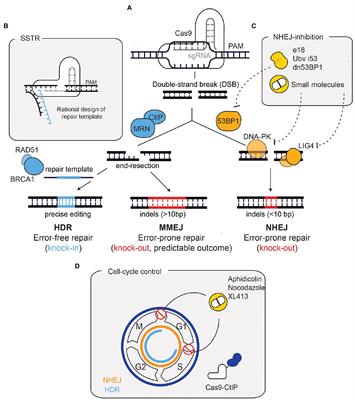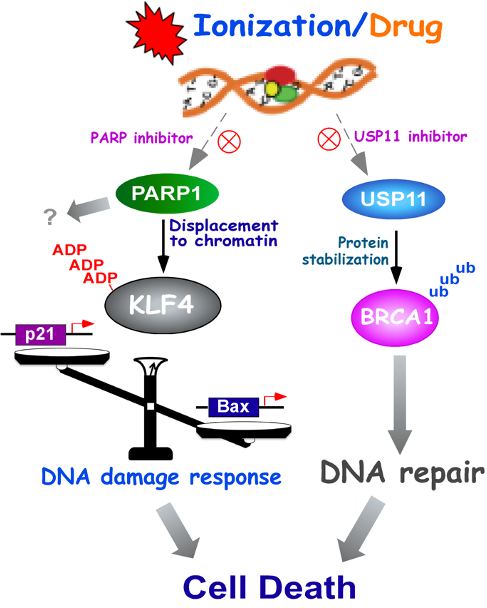Tissue specificity of DNA damage response and tumorigenesis

The genome of cells is constantly challenged by DNA damages from endogenous metabolism and environmental agents. These damages could potentially lead to genomic instability and thus to tumorigenesis. To cope with the threats, cells have evolved an intricate network, namely DNA damage response (DDR) system that senses and deals with the lesions of DNA. Although the DDR operates by relatively uniform principles, different tissues give rise to distinct types of DNA damages combined with high diversity of microenvironments across tissues. In this review, we discuss recent findings on specific DNA damage among different tissues as well as the main DNA repair way in corresponding microenvironments, highlighting tissue specificity of DDR and tumorigenesis. We hope the current review will provide further insights into molecular process of tumorigenesis and generate new strategies for cancer treatment.

Tissue architecture in tumor initiation and progression: Trends in Cancer

DNA Damage Response – An Emerging Target for Groundbreaking Cancer Therapies

A Small Molecule Strategy for Targeting Cancer Stem Cells in Hypoxic Microenvironments and Preventing Tumorigenesis

DNA damage causes cancer development when erroneous DNA repair leads to

A metabolic map of the DNA damage response identifies PRDX1 in the control of nuclear ROS scavenging and aspartate availability

DNA damage response revisited: the p53 family and its regulators provide endless cancer therapy opportunities

Cancers, Free Full-Text

The central role of DNA damage in the ageing process. - Abstract - Europe PMC

DNA damage—how and why we age?

Frontiers Tissue Specific DNA Repair Outcomes Shape the Landscape of Genome Editing

The Wan Lab - Posttranslational Modifications in Genome Stability and Carcinogenesis









